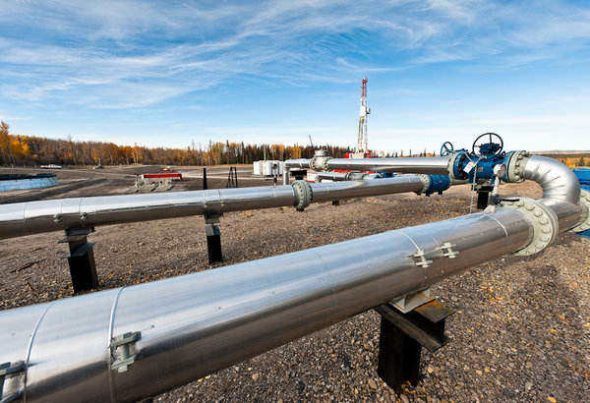With gas prices increasing nearly seven times since 2014, electricity prices have skyrocketed and are set to continue to rise.
Implementing a gas reservation policy would reduce electricity prices for all businesses and households on Australia’s east coast.
Such a policy on new and existing gas fields means gas companies must sell a portion of their gas into the domestic market – rather than putting it all out for export – with an immediate downward effect on prices.
Similar to the reservation policy in place for over a decade in Western Australia, the east coast gas reservation policy could be set at $7 a gigajoule (GJ), a price allowing gas companies to achieve a profit over and above a return on investment.
In turn, energy consumers would see their electricity bills cut.
Western Australia reserves 15% of its LNG production for domestic use. Energy consumers in that state pay just $5.80/GJ for their gas.
Prior to 2015, energy consumers paid a comparable $3–$4/GJ on the east coast encompassing South Australia, Queensland, New South Wales, Victoria and Tasmania.
Now east coast energy consumers pay $23.70/GJ for spot gas in Victoria.
In last week’s federal budget, retail electricity prices were tipped to rise by 56% and gas prices by 40% over the next two years.
High electricity prices in the national electricity market are caused by high gas prices. Gas peaking power plants buy their gas on the short-term spot market.
The Australian Competition and Consumer Commission (ACCC) estimated that a $1/GJ increase in gas prices results in a wholesale electricity price increase of $11/MWh.
While the war in Ukraine has destabilised global gas and LNG markets, resulting in high gas prices, that is not the whole story.
In Australia, gas prices are fixed by a cartel of producers on the east coast of Australia – Shell, Origin, Santos, Woodside and Exxon. For decades they have set the price above international parity prices.
In 2012, east coast gas producers locked in 15-year export contracts tying the price of domestic gas to oil – at that time more than US$100 a barrel – before ensuring domestic supply.
When oil prices soon fell below US$50 a barrel, the gas companies with government backing built more LNG plants in Queensland to meet export demand while promising billions of dollars in royalties. Their approval documents also clearly stated the new LNG plants would not affect the domestic market.
Once open, the gas companies diverted cheaper traditional sources of gas for export to the LNG plants and collectively repriced domestic gas to above international parity prices.
The east coast market became one-third domestic and two-thirds exports. While production of gas tripled, the price of domestic gas also tripled.
It was an unmitigated disaster in terms of cost – both the cost of the LNG plants and the cost of the gas coming out of the coal seam gas fields principally in Queensland.
The coal seam gas plants built in Gladstone, Queensland, still fail to deliver cheap gas domestically or royalties.
The industry has been pushing gas imports as a way of lowering prices, with up to four import terminals on the cards.
As the world’s largest LNG exporter, Australia is swimming in gas supply. Yet, the east coast may end up using expensive imports to supply the majority of its gas.
Over the past year, east coast consumers have already been hit with ever increasing wholesale electricity prices.
High wholesale electricity prices will take some time to feed through to consumers with bill shock likely in the next 6–18 months.
Most gas producing countries have a domestic gas reservation policy set at a price, usually well below international parity.
In the US, Australia’s major export competitor, domestic gas price is set at one-third that of the east coast of Australia.
Importantly, an east coast gas reservation policy pegged at $7/GJ would still ensure gas industry profits above their return on equity.
The gas industry can afford to supply the domestic market, reinvest in the market, and make money.
High gas prices are making the argument for Australia’s export markets to actively consider the transition to renewables, away from both coal and gas.
In Australia, gas usage in gas-fired power plants has declined by 43% since 2014 while renewables have increased to produce 33% of the energy in the national electricity market.
While we do need some gas production, it must be at fair prices in a free market, not a cartel-controlled market.
Introducing an east coast gas reservation policy would help right the balance.
Only then will electricity prices drop.
Bruce Robertson is a gas analyst at the Institute for Energy Economics and Financial Analysis










